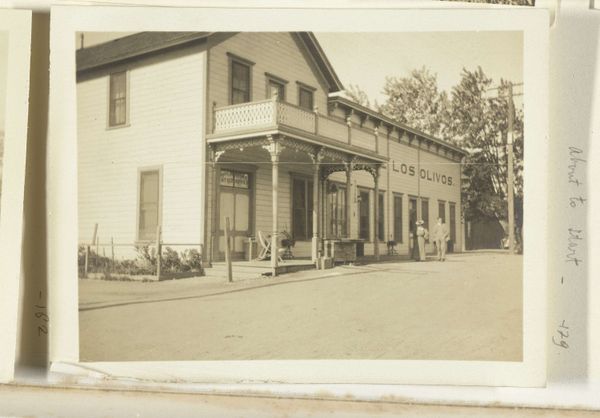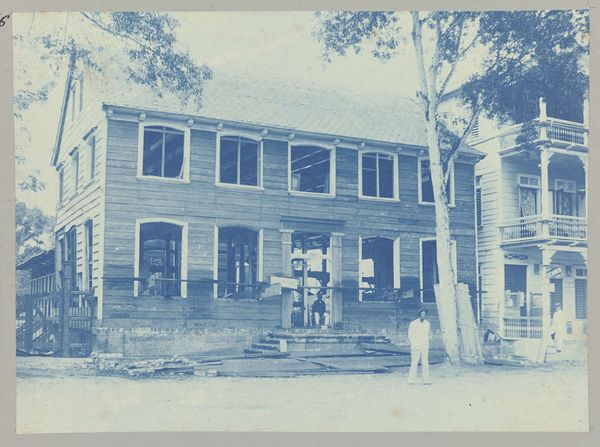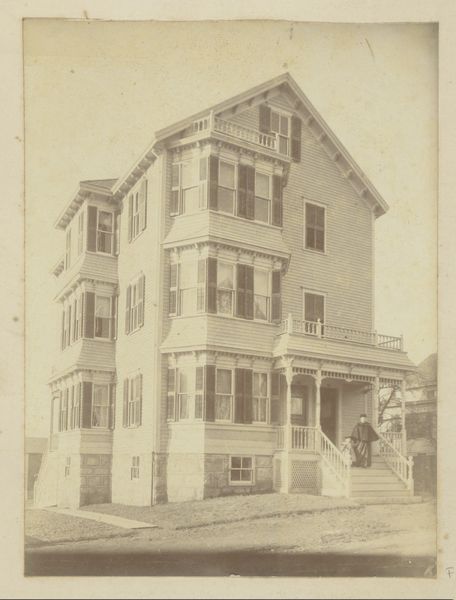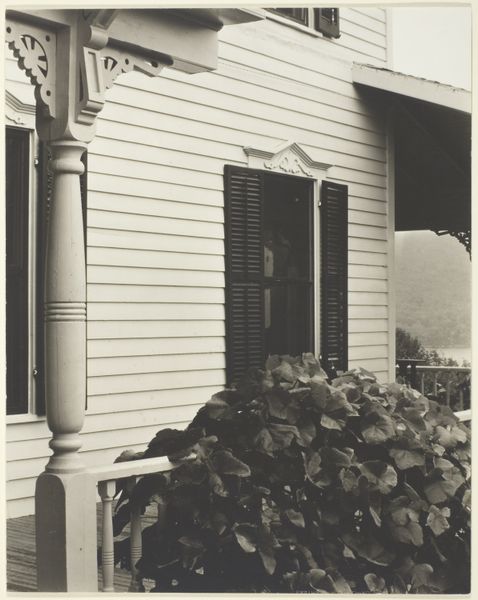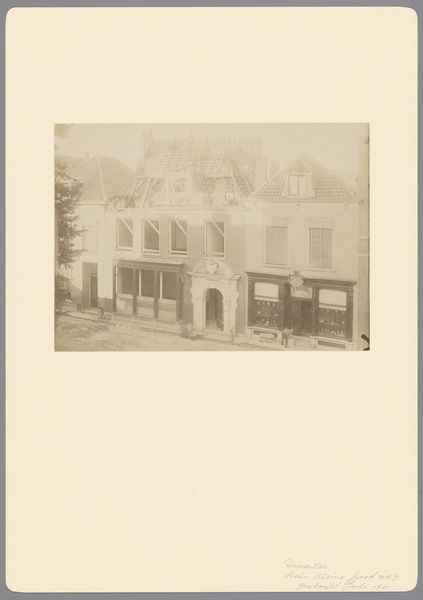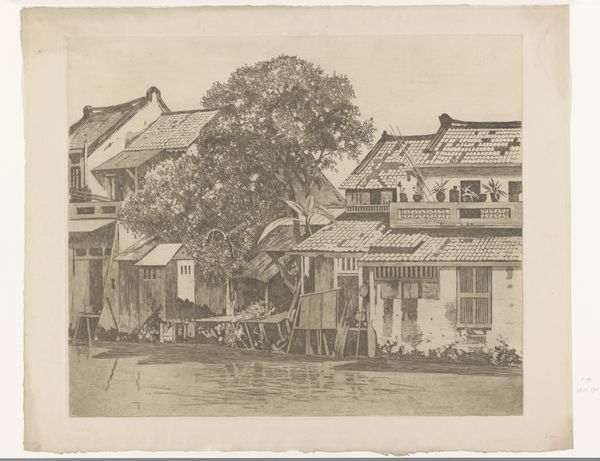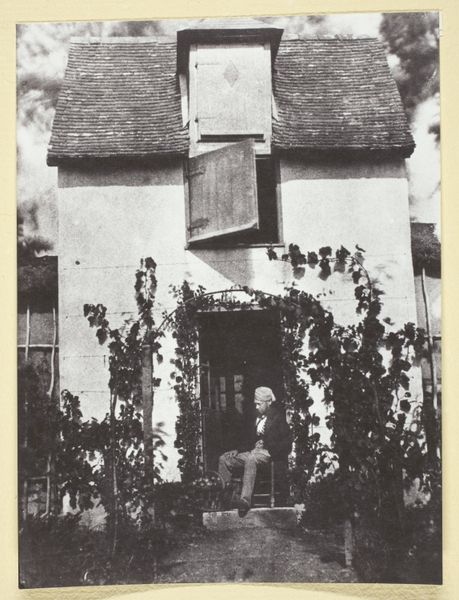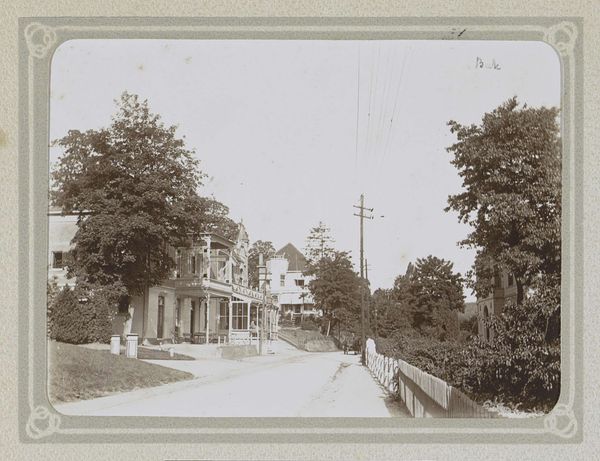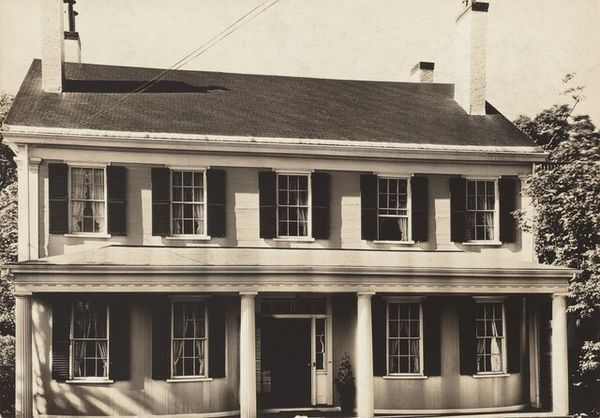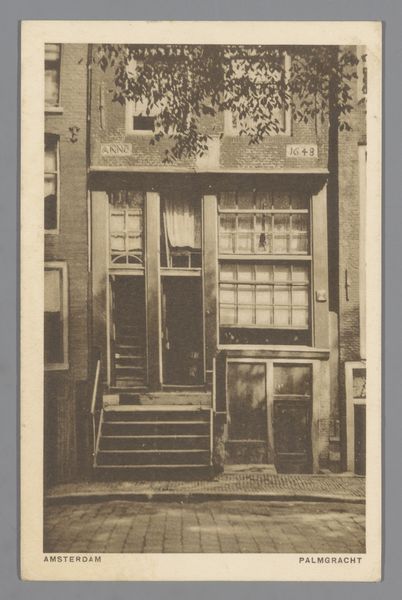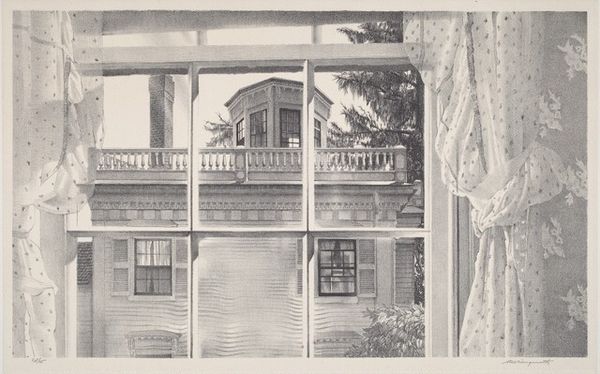
print, photography
#
dutch-golden-age
# print
#
landscape
#
photography
#
cityscape
Dimensions: height 97 mm, width 81 mm
Copyright: Rijks Museum: Open Domain
Curator: Standing before us is a photographic print dating from between 1916 and 1919. It’s by Justus Gonggrijp, and titled "Het woonhuis op plantage Clevia," or "The house on the Clevia plantation." Editor: The subdued palette certainly contributes to an air of quietude. Looking at it, I think immediately of colonialism and domestic life, a certain imposed order on both landscape and labor, though that might just be my first, biased take. Curator: I think your take is quite appropriate given the history we understand about plantation life. This house itself seems to symbolize something… solid, enduring, yet it's almost swallowed by vegetation. It reminds me of old family portraits, attempts to freeze a moment in time, hinting at societal structures. Editor: I'm interested in the construction. Note the raised structure, which helps it adjust to the environment; this form, which reflects necessity and perhaps available material, represents one response to available resources in material terms and social terms as well. Look at the shuttered windows, for instance—controlling light and ventilation, adjusting to this environment in tangible ways, reflecting social power, no doubt. Curator: Yes, there’s that play of light and shadow, inside versus outside. Also, think of the composition itself. Two children posed on the stairs... a symbol, perhaps, of innocence framed by the historical realities of their time. Doesn’t the presence of those figures on the stairway—ascending or descending?—hint at a larger narrative about family, belonging, and the passage of generations? Editor: Or consider the materiality again: that veranda supports daily plantation activities, leisure, a stage of social life where certain activities become highlighted. Photography's material nature is to stop the action but to also open the doorway to what has been, could have been and perhaps could be… This image is much about what we do not see. Curator: True; what is not said is as important. What seemed static reveals a much more complex visual. Thank you! Editor: Thank you! We should not just examine but consider also all material conditions as a means of expression.
Comments
No comments
Be the first to comment and join the conversation on the ultimate creative platform.
